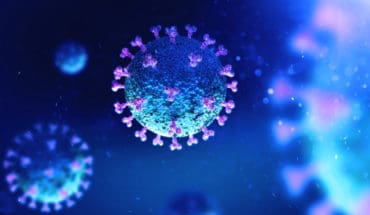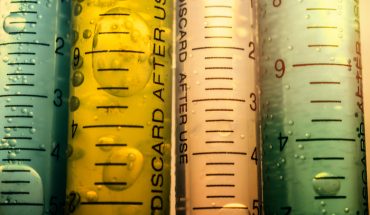A new technique to improve the coating of nanoparticles used in cancer therapy may enhance tumour targeting, a new study carried out in collaboration between the University of Eastern Finland and Anhui Medical University in China concludes.
Tumour targeting is a prerequisite for effective cancer therapy because it enhances the therapeutic outcome and decreases adverse effects. However, effective targeting is challenging to achieve with nanoparticles (NPs) coated with synthetic targeting ligands, which are the current gold standard.
The cell membrane (CM) coating technique offers a new approach to overcome this challenge. CM coating endows the NPs with various biological properties, e.g., immune escape, prolonged systemic circulation time and efficient tumour targeting. However, the researchers had previously discovered that most of the CM-coated NPs reported in the literature were only partially coated, as quantified by a fluorescence quenching assay. The mechanism associated with this partial coating has remained largely unknown, limiting the further development of the coating technique and hindering the improvement of tumour targeting efficiency.
Published in Nature Communications, a new study suggests a simple method to fix the partial CM coating. This technique involves external phospholipids as a helper to increase the CM fluidity, promoting the final fusion of adjacent CM patches.
The researchers identified the mechanism by which the coating process, i.e., adsorption, rupture, and fusion of CM vesicles, is responsible for partial coating.
“Although the rupture of CM vesicles can occur during extrusion through the computational simulation results, the membrane fluidity was determined as a critical factor for fixing the partial coating,” says the first author of the study, Lizhi Liu, from the University of Eastern Finland.
“The improvement of partial coating was then achieved by introducing external unsaturated phospholipids to increase the CM fluidity,” he continues.
“The fixing of partial CM coating effectively improved the accumulation of NPs in tumour tissue, which was due to the enhanced immune escape and improved specific cancer targeting capability of fixed biomimetic NPs,” explains Dr Wujun Xu, one of the corresponding authors.
“We have confirmed the universality of this hybrid coating method using various core NPs, such as mesoporous silica, gold, and poly(lactic-co-glycolic acid) (PLGA). With deep understanding of the coating mechanism, our finding introduces a new era of better biomimetic nanovector design for advanced tumour targeting,” Professor Vesa-Pekka Lehto of the University of Eastern Finland concludes.
- Gut microbiome could delay onset of type 1 diabetes - 3rd April 2025
- The da Vinci 5 Robot Is Set To Transform Bariatric Care: - 31st March 2025
- Beyond money: the hidden drivers fuelling child food insecurity - 31st March 2025






